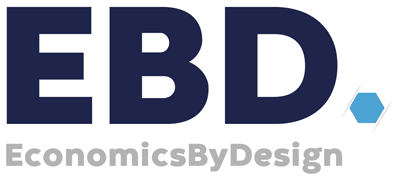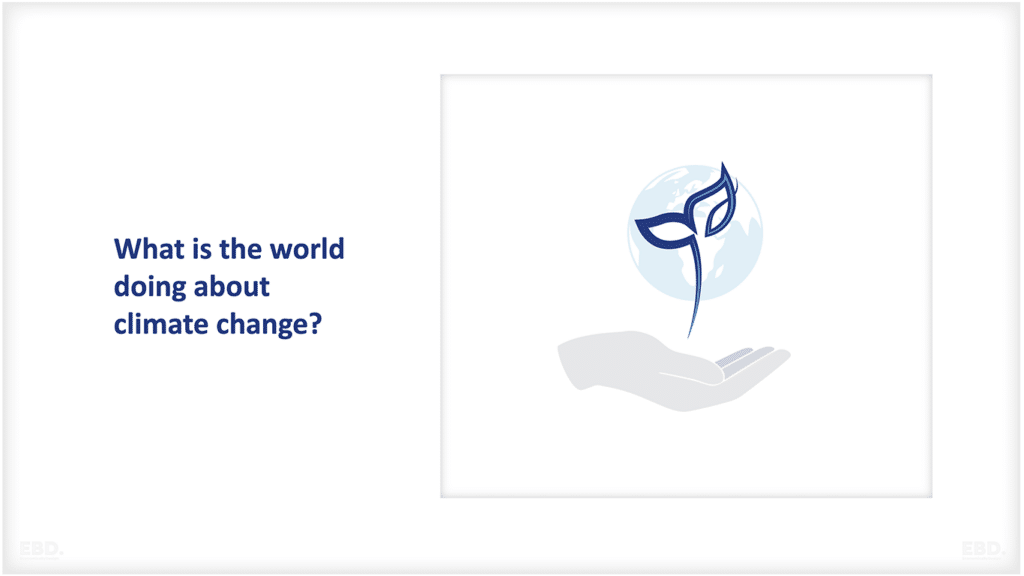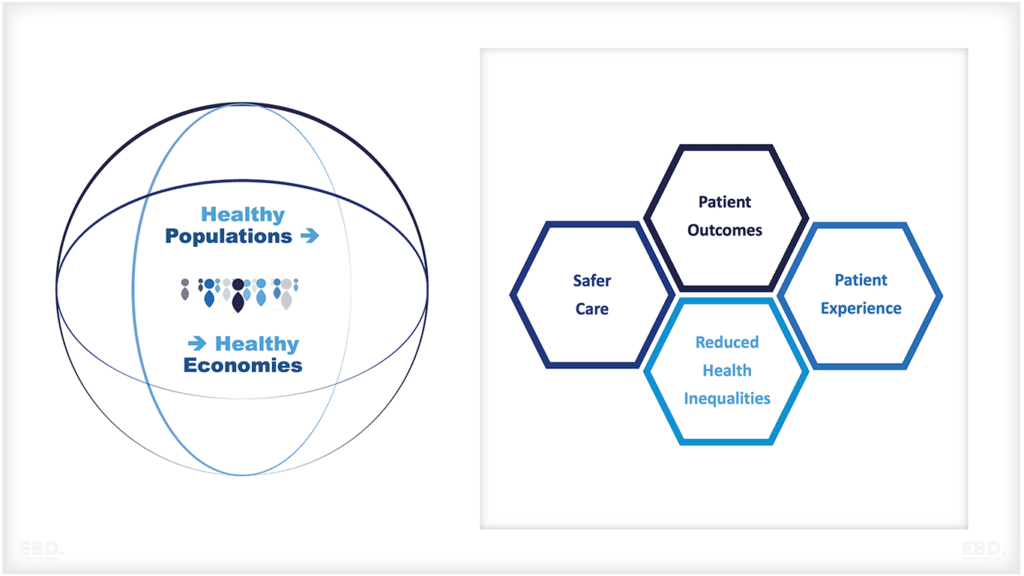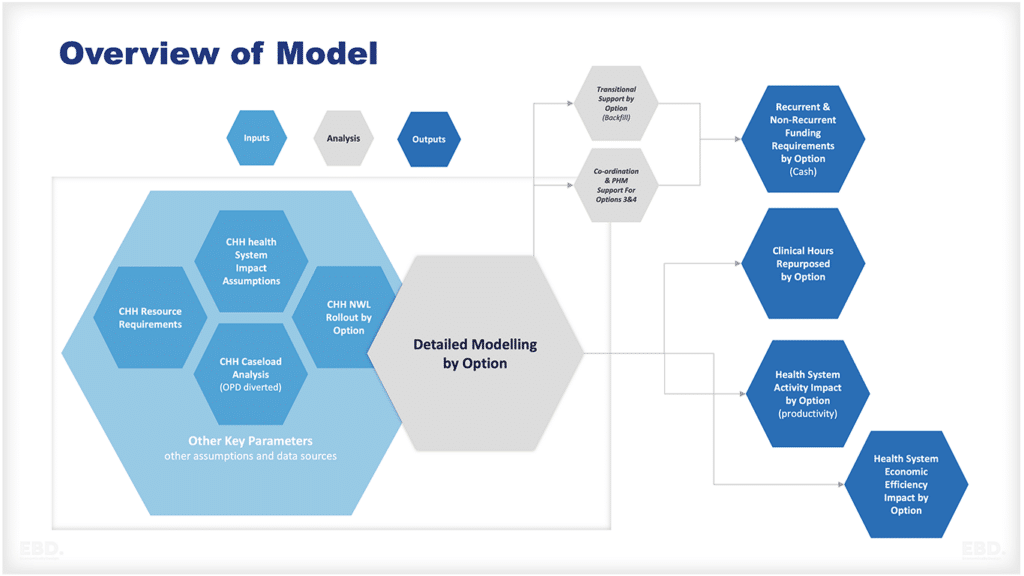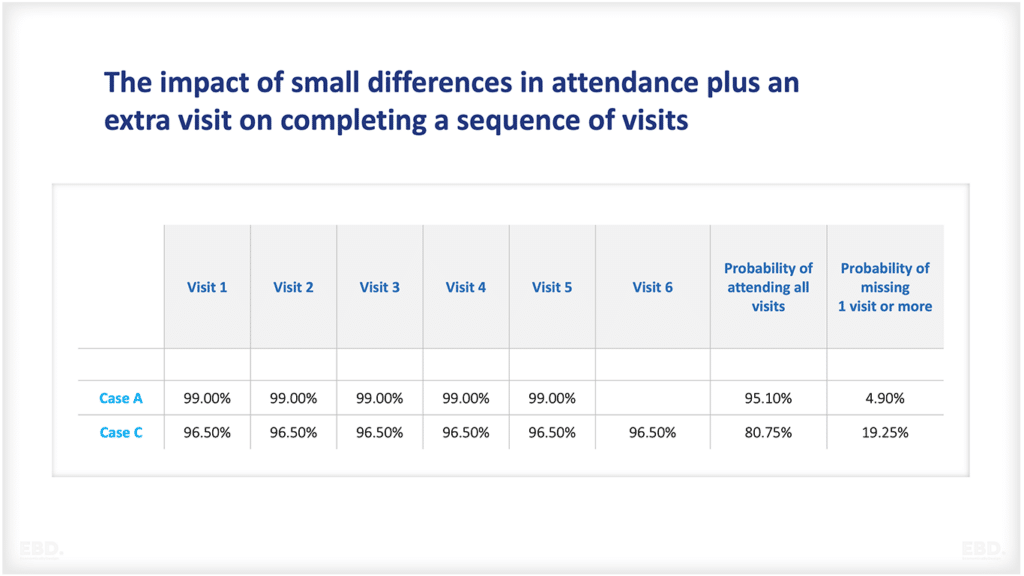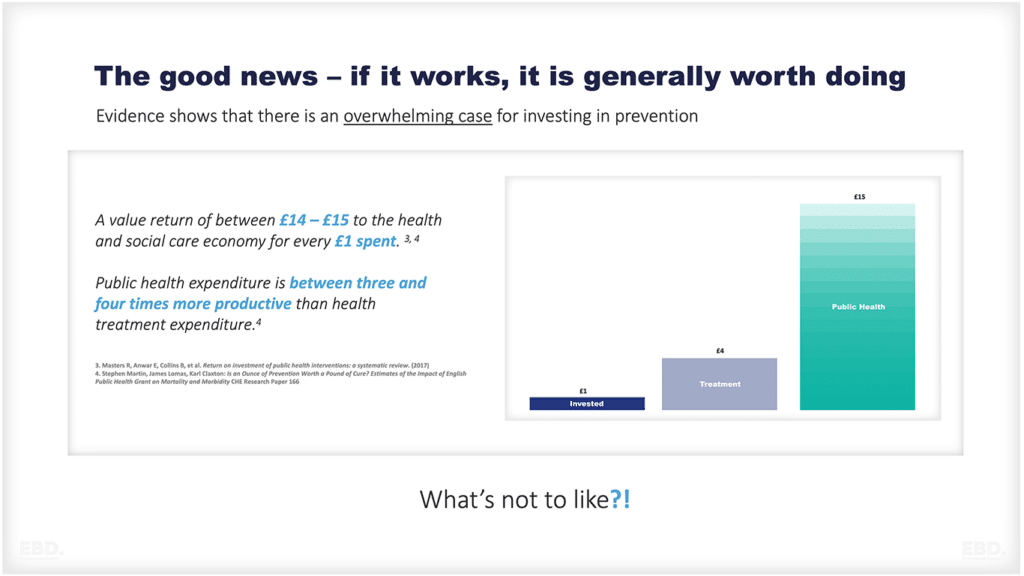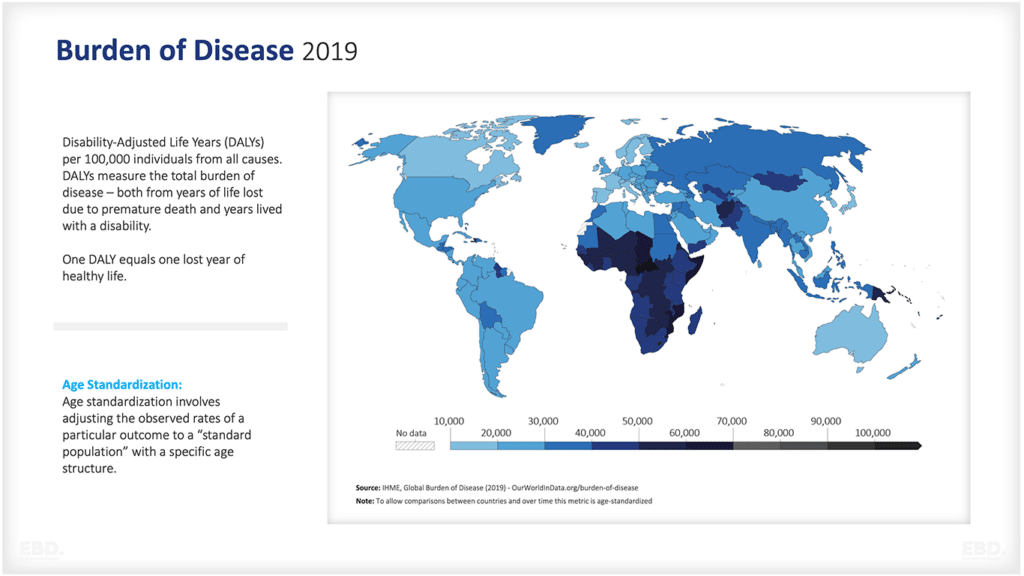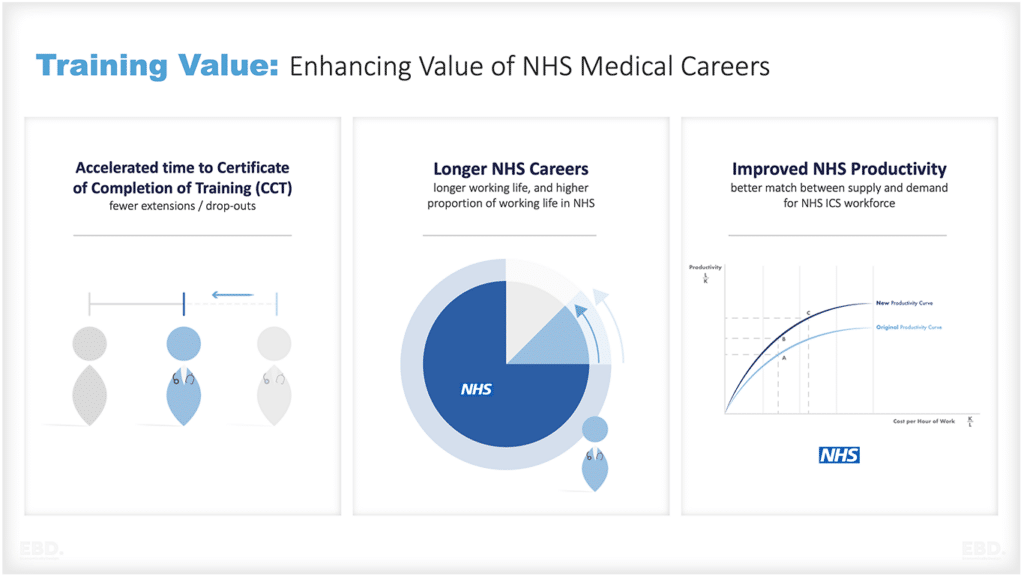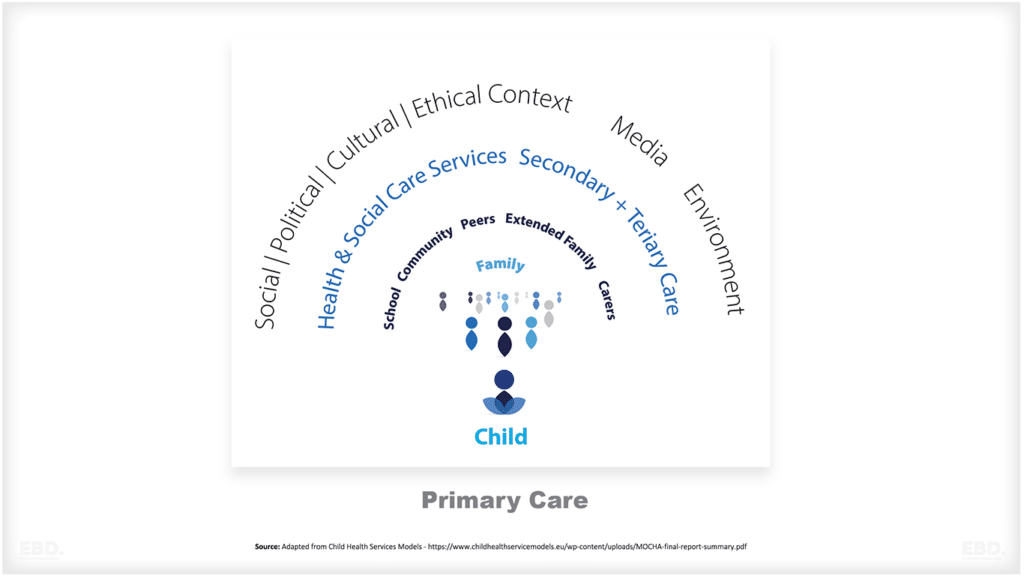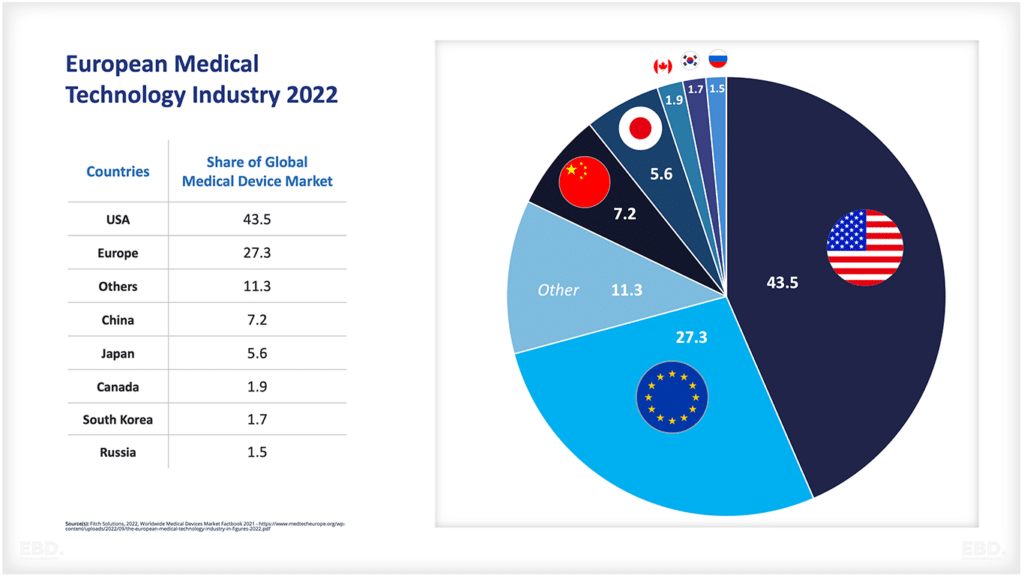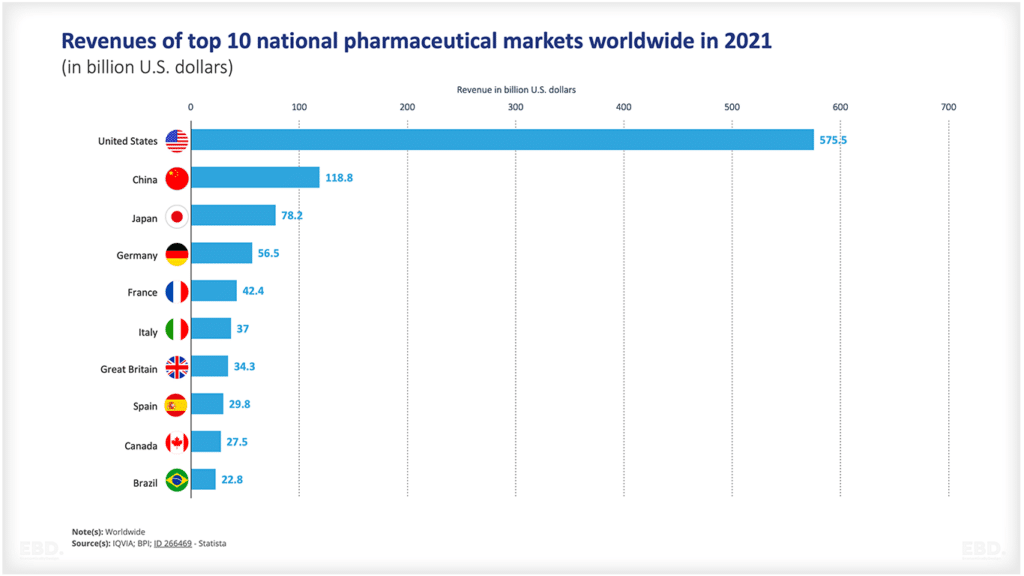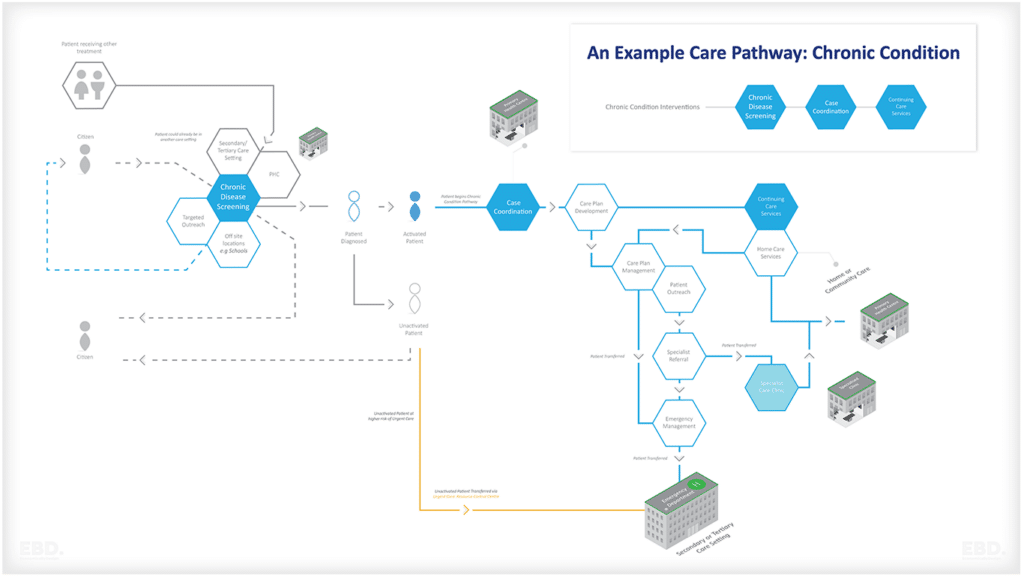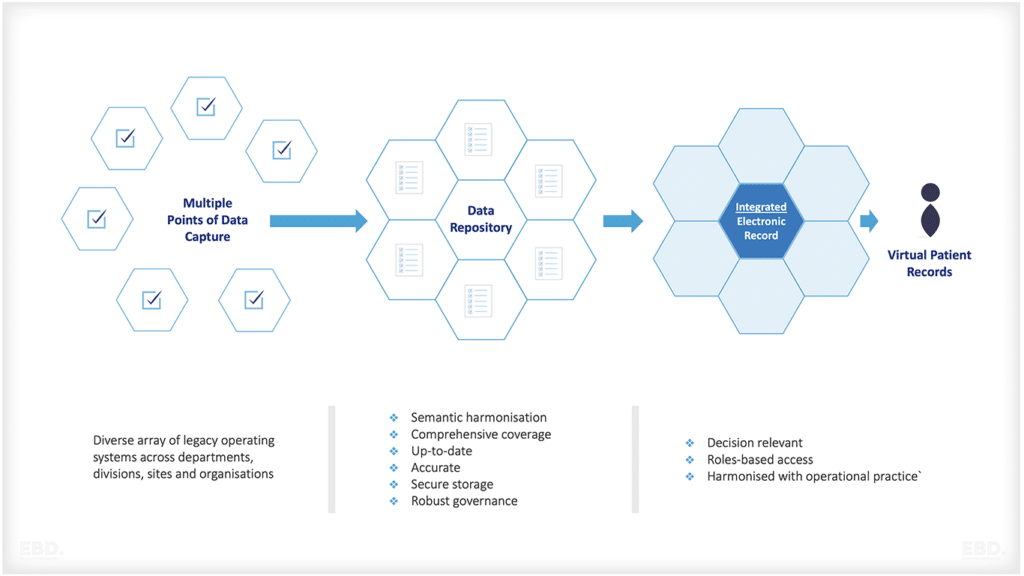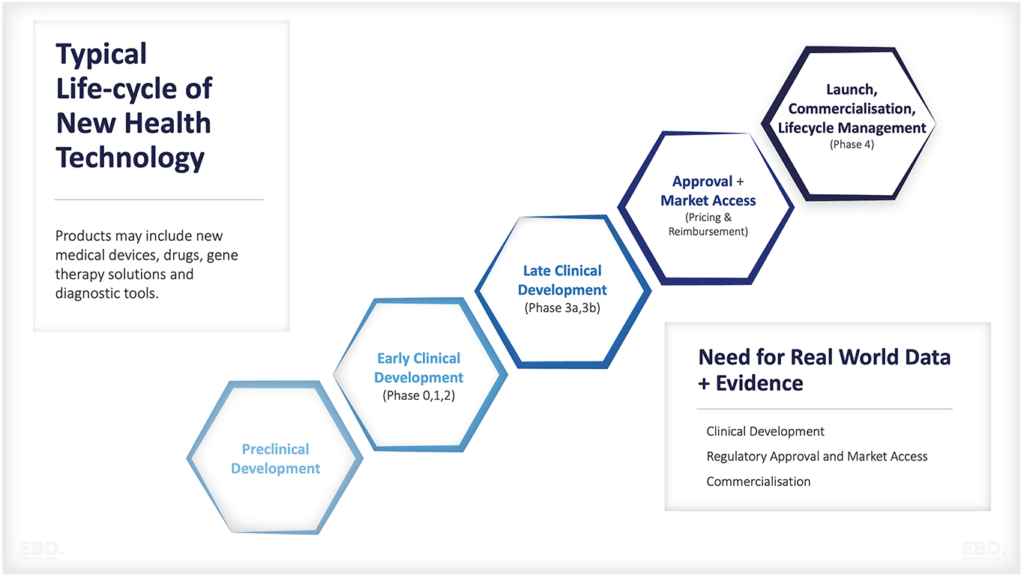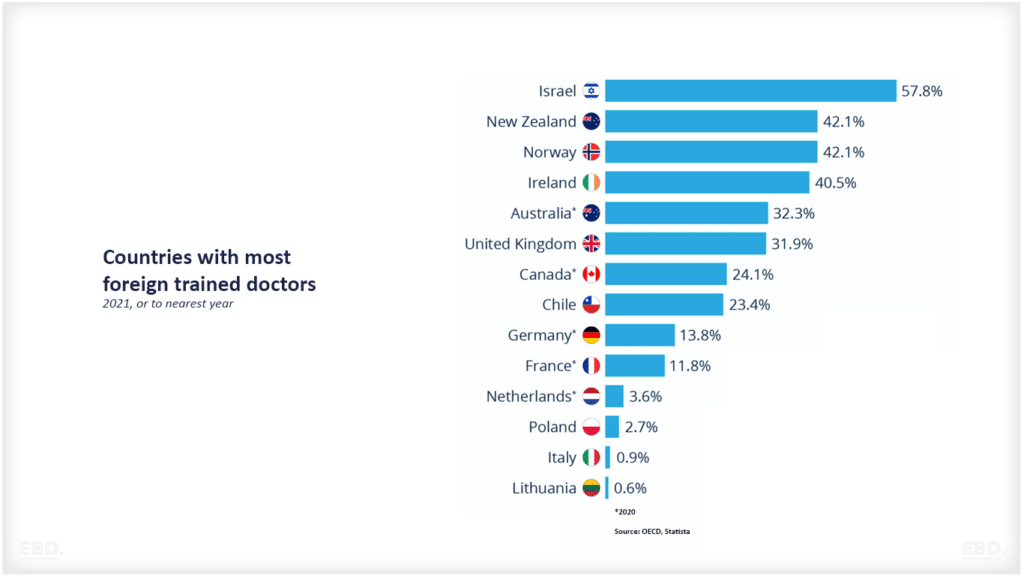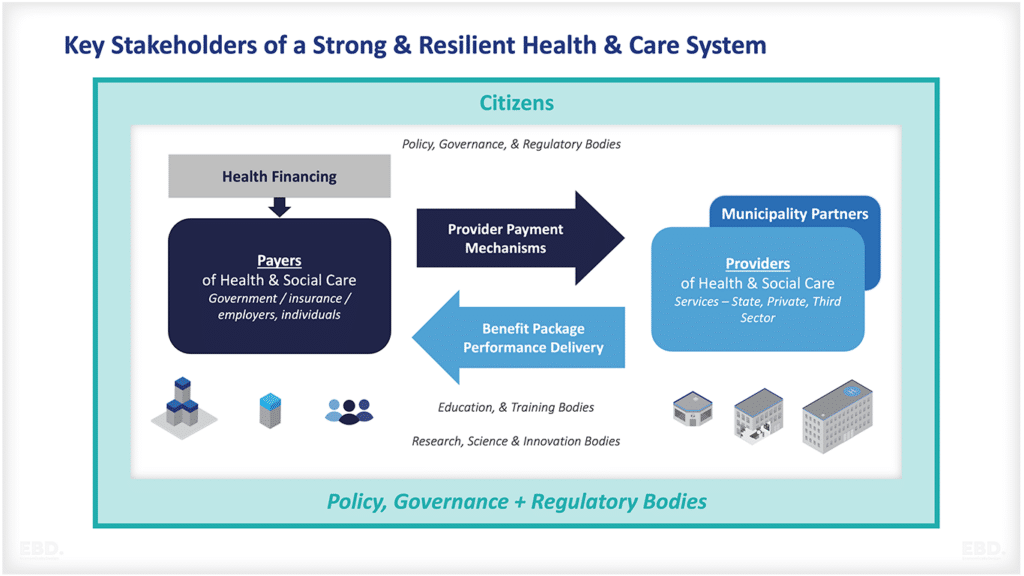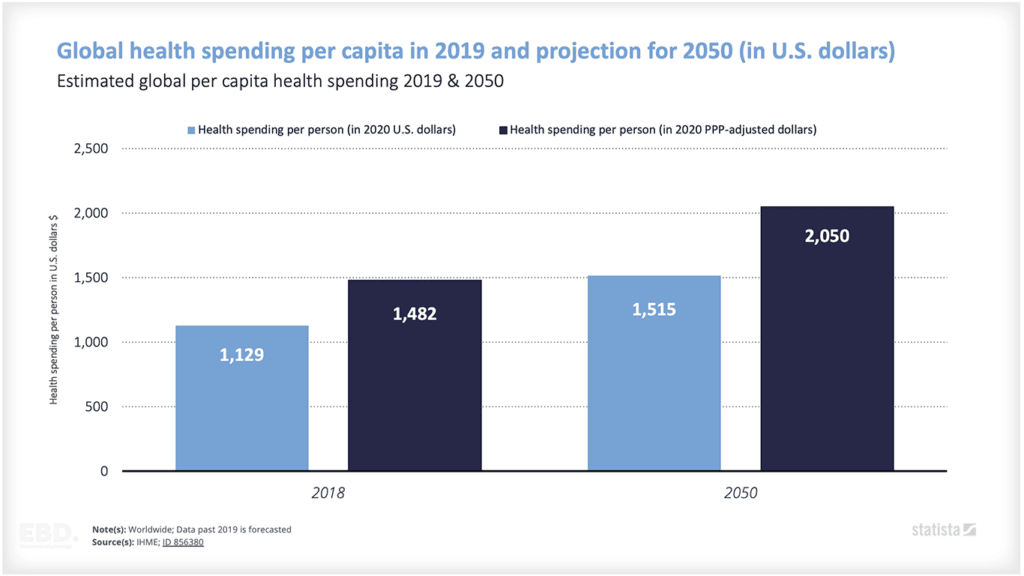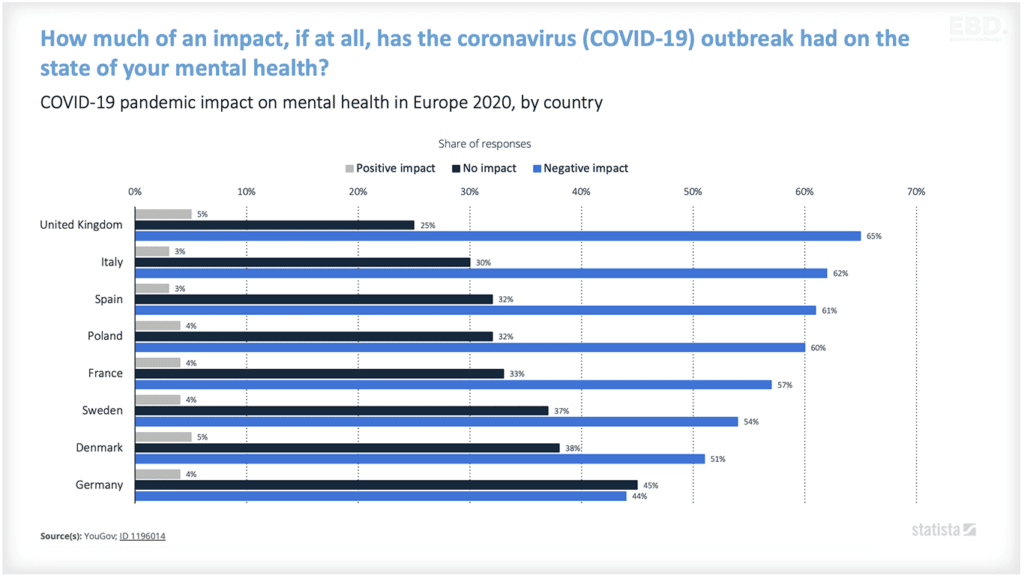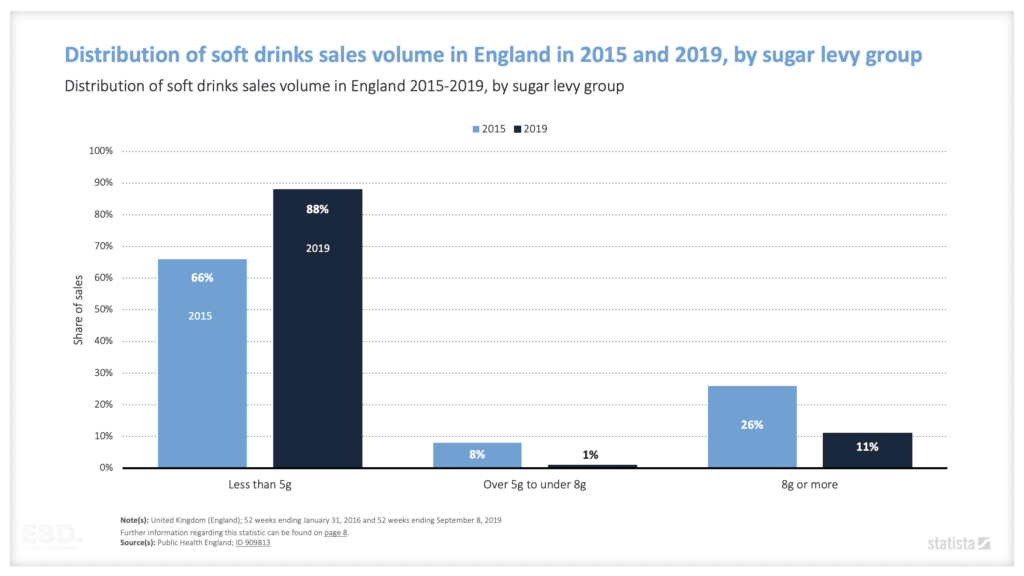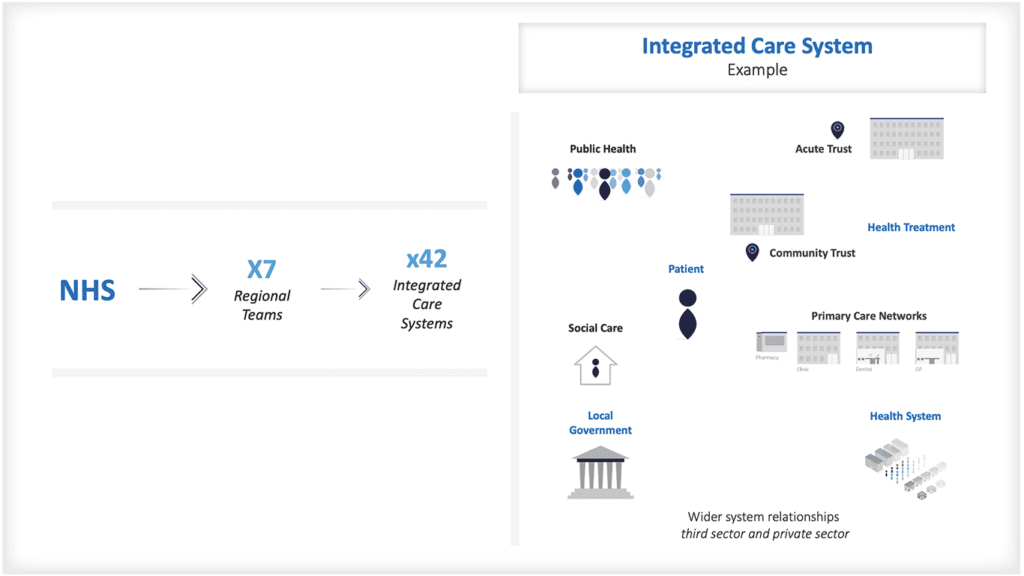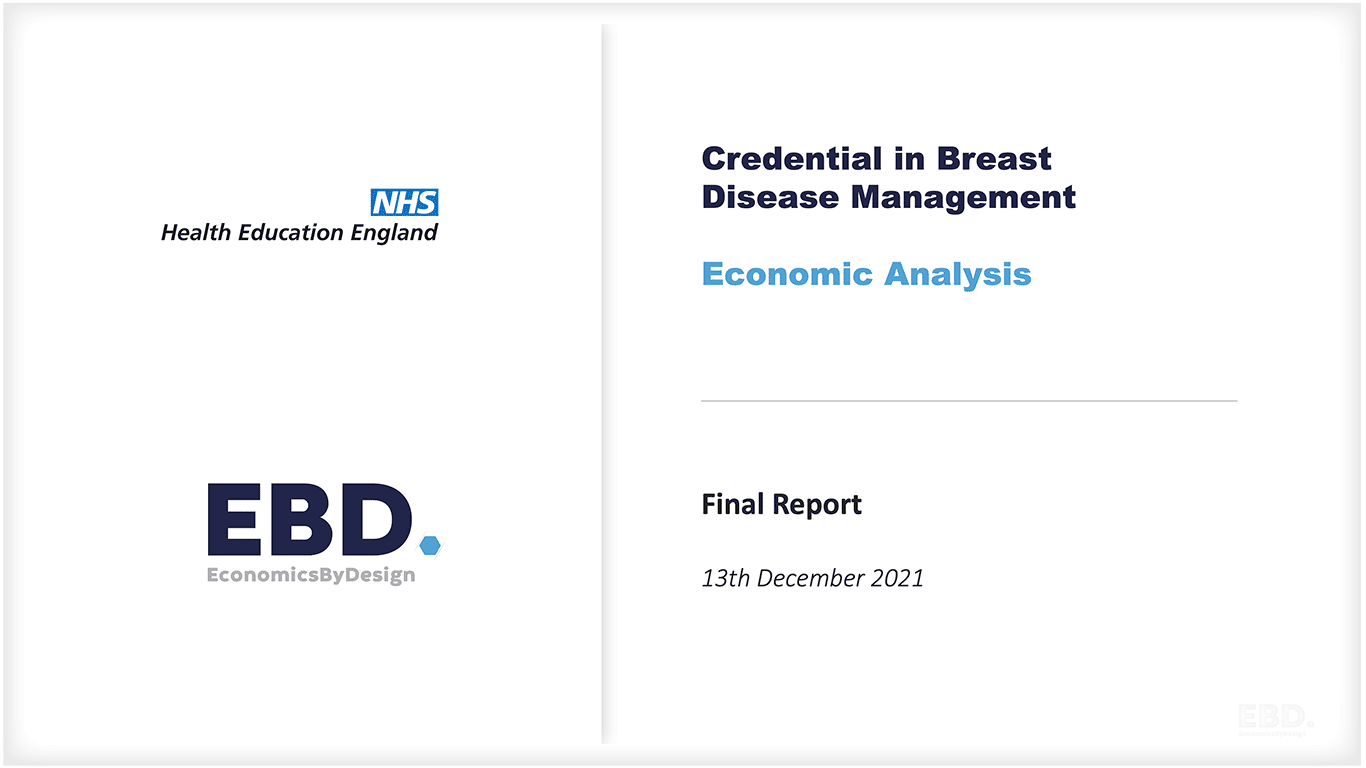
Credential in Breast Disease Management
Health Education England
Economic Analysis
Economics by Design was commissioned to undertake an economic analysis of the Breast Clinician Credential pilot.
The project involved the development of a value proposition for the Credential, and an economic model to measure the return on investment of the new training credential.
The investment made by Health Education England, and the return on investment that would be achieved if Integrated Care Systems were to fund these training posts going forward.
The final report included a cost-consequence analysis which provided information on the tangible and intangible benefits and costs which were not given a monetary value.
More details of the work and the final report are shown below.
- Agreed and designed in 2018 onwards (involving RCR, ABC, and NBIA).
- 3 year training course post-FY2 (Could be longer if LTFT etc).
- 3 cohorts planned of 10 trainees per cohort, starting with Year 1 in 2019.
- Of 10 host Trusts in Year 1, 5 already had a breast clinician, and 5 did not.
- Part-funding from HEE of £900K for training element for each of first 2 cohorts
- (Each cohort: 10 trainees per year, £30K per trainee, 3 years.)
- Host trusts to provide balance of funding (this varies depending on salary agreed, typically £50-£55K per trainee plus on-costs).
- Indirect costs of training are supervision time, and reduced patient lists/throughput.
- Trainees able to provide additional imaging capacity from Year 2 onwards.
- Programme underway, but timetable affected by Covid-19.
- Trainees from a variety of backgrounds: eg Hospital doctors, GPs, or trained overseas.
Aspirations
- Medium- term aim of at least 1 Breast Clinician in each breast unit (70),plus 35 units with 2 Breast Clinicians.
- Total workforce of 105 Breast Clinicians.
- Long-term aim of additional Breast Clinicians in community diagnostic hubs.
Context
Relative to demand, there are significant capacity shortages affecting diagnostic and associated support for people with breast disease. This is exacerbated by the impact of COVID-19 on the delivery of the breast screening programme and associated screening backlog. Delayed diagnosis impacts on disease progression, resulting in increased costs and reduced survival rates.
Opportunity
Some localities have experience of working with dedicated Breast Clinicians, which has enabled the Breast Clinic Team to operate more flexibly and hence increase diagnostic and support capacity, potentially as part of the new Community Diagnostic Centre.
There are currently 60 Breast Clinicians working in the NHS. The practice of Breast Clinicians has developed differently across the country and there is no standardized, formal professional credential to provide a consistent benchmark of training and educational equivalence for individuals undertaking this role.
Solution
The Breast Clinician Credential has been developed in partnership with the RCR, HEE, ABC and NBIA to enable the recognition of the role of Breast Clinician, for doctors with three years of post-foundation specialist training. The Breast Clinician is able to work flexibly as an advanced medical practitioner, delivering a range of services traditionally provided by consultant radiologists or surgeons.
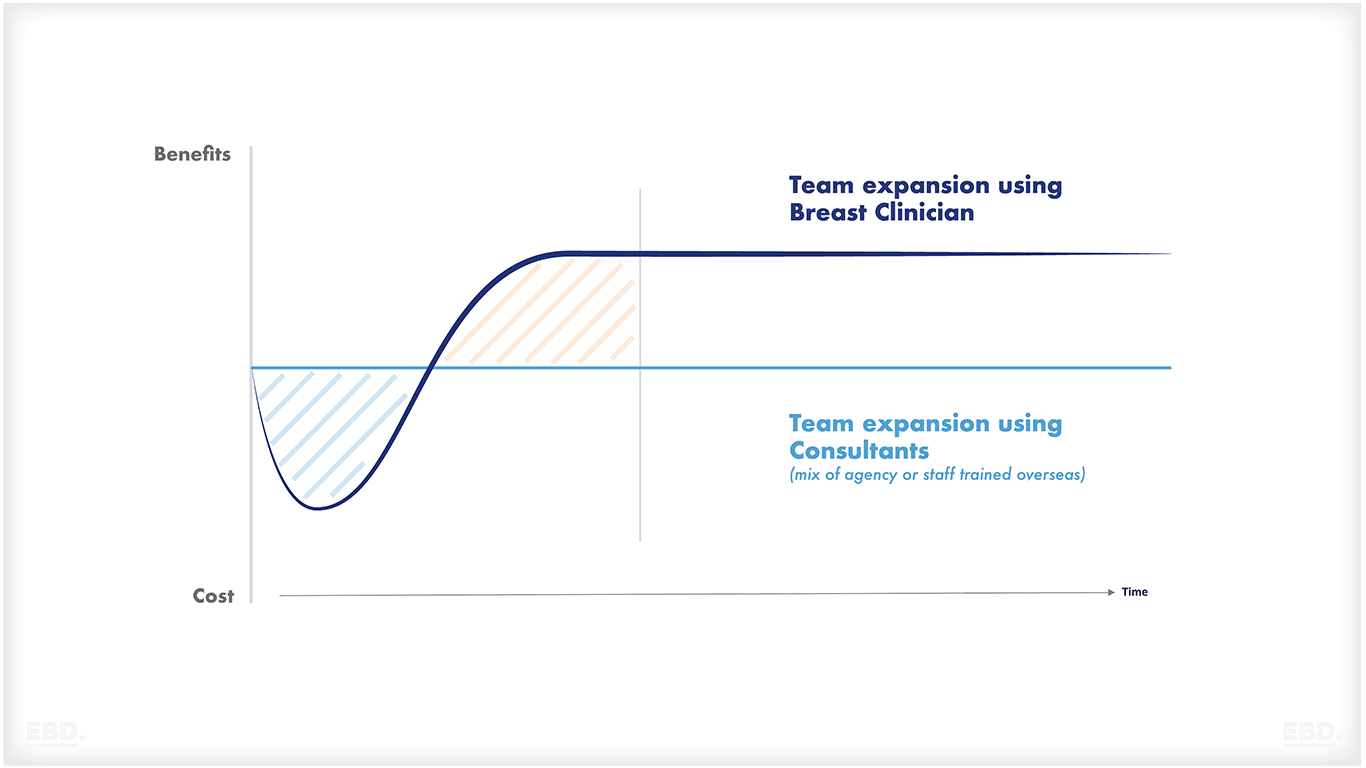
Value
Compared to traditional workforce practices, the Breast Clinician Credential has the potential to enable:
- Increased efficiency within the Breast Clinic, with services previously undertaken by consultants, instead being provided by the Breast Clinician
- Increased capacity of the diagnostic workforce, as it attracts trainees who might otherwise have stepped out of medical training altogether
This will enable the earlier diagnosis and management of breast cancer, improving survival rates and reducing the high costs associated with late-stage cancer treatment.
